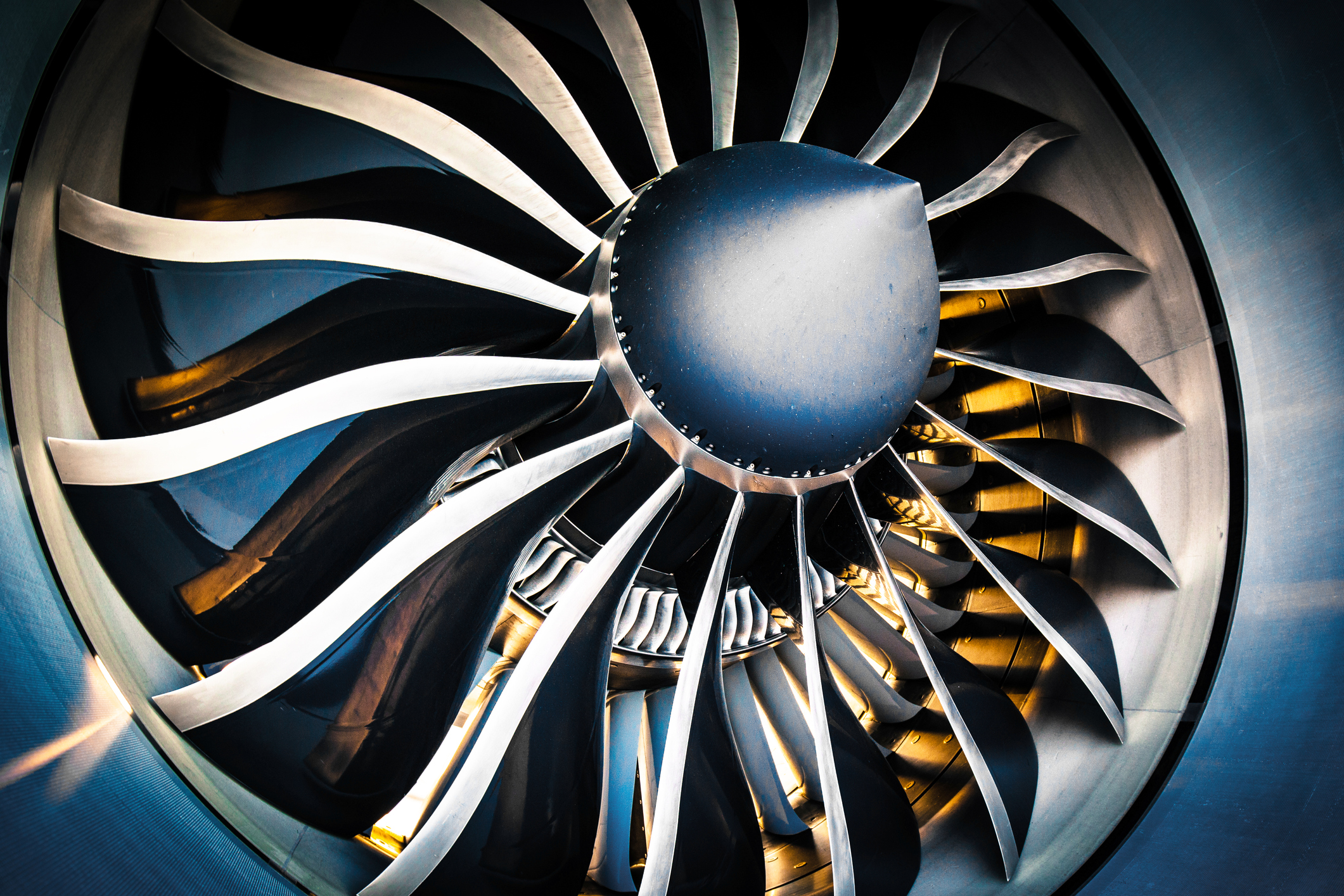Hard Metal
Cemented carbides are a range of composite materials consisting of hard carbide particles bonded together by a metallic binder.



What is Tungsten Carbide?
Tungsten carbide is a chemical compound containing equal parts of tungsten and carbon atoms where cobalt acts a binder. Tungsten carbide is approximately twice as stiff as steel and used in a wide range of applications including machine tools, drill heads trekking poles, skis, surgical instruments as well as jewellery. Researchers have investigated using other elements as binders, including nickel and iron, but no other metal fulfils the criteria mentioned above. Cobalt is therefore irreplaceable in cemented carbides and in the hard metal industry.
Metallurgy of cemented carbides
The tungsten carbide phase is referred to as the alpha phase, the binder phase (Co) as the beta phase and any other combination of carbide phases as the gamma phase. The gamma phase confers the same solubility and allows a higher amount of tungsten carbide to be dissolved. Increasing amounts of cobalt content and tungsten carbide grain size confer increased hardness to the cemented carbide. It is therefore important to take into account the end use of the cemented carbide. For example, woodworking tools do not require such hardness due to the relative soft wood. Rolls for hot rolling of metals however do require a higher cemented carbide and thus have a higher cobalt content. The key material properties of cemented carbide include: wear resistance, toughness, hardness, and mechanical strength
